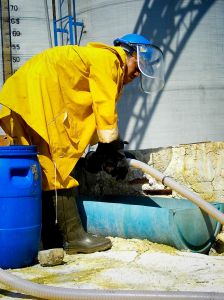A city that has every economic aspect of it indicating abundance, Edinburgh city office acquisition rate in 2010, clearly left no doubt that the recession effect did not succeed in curtailing the great potential the commercial property in Edinburgh has.
Significant transactions
Some significant deals that pulled through in the same year do attest to this fact. From the acquisition of lease by Tesco Bank to the office transfer of Craneware as well as Baillie Gifford expansion activity, the cumulative total of 210,000 square feet office take up had things really going for the commercial property market in Edinburgh.
Not to be left behind, the local authority front, also initiated high magnitude transactions in relation to the property development. The moving of COSLA to a nearby property which represented a take up of 16,000 sq. ft concluded a major contribution form the public sector.
Major challenges
The global recession was not the only challenge that arguably left a black spot on the economic prospects of Edinburgh. The UK government elections and the now famous ‘budget cuts’ presented a formidable force that had the potential of dampening any hopes of thriving that the city might have had.
However an economic breather was handed to Edinburgh in the form of a decline in rentals and the timely rise in incentives courtesy of the landlords, which left the occupiers with a lucrative deal of the decade.
With the expected decline in the local authority spending, a decrease in office space acquisition is in the offing. What will however sustain the fortunes of the city is the foreseeable rejuvenation of the financial services sector, especially with the additional input of the merger between ‘Virgin Money’ with Tesco Bank. This will increase the pace of growth in the UK commercial property market and hopefully propel it to higher heights.



